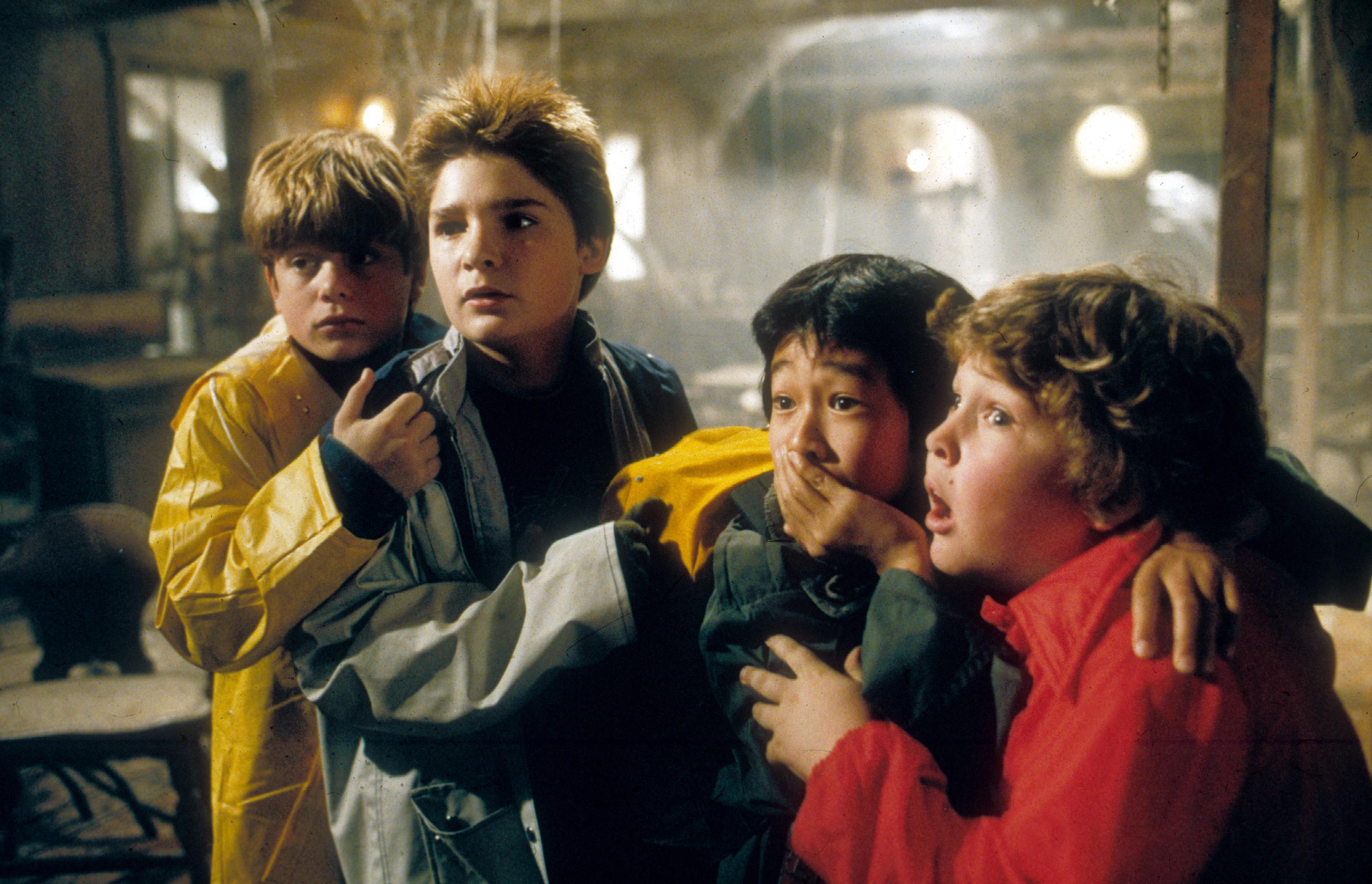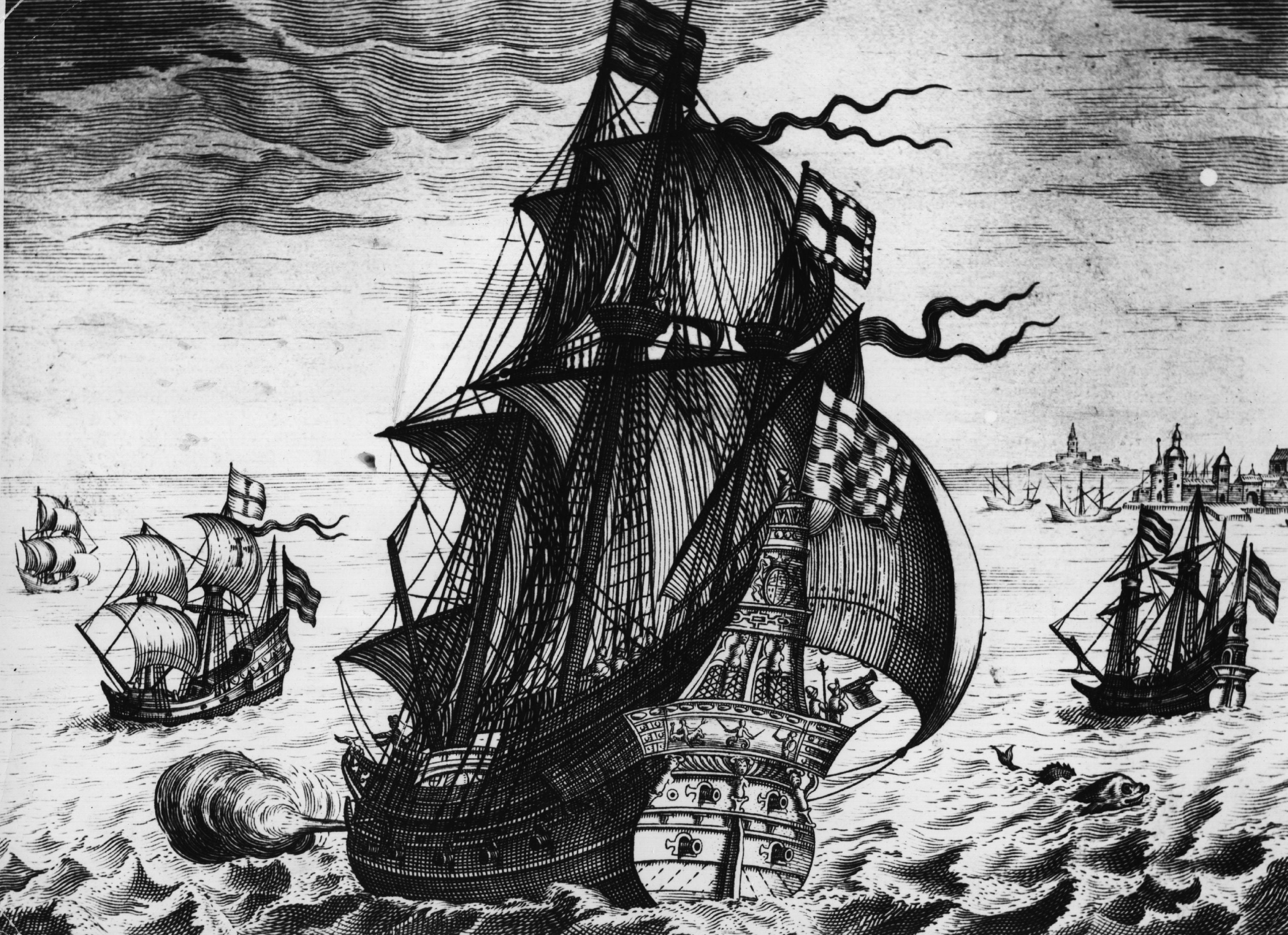Hunt is on for real One-Eyed Willy’s treasure as Spanish galleon that inspired The Goonies discovered
Remnants of shipwreck thought to have planted seed for eighties classic found in Oregon coastal cave after centuries, Liam James writes

Timbers from the shipwreck thought to have inspired Steven Spielberg to write action adventure classic The Goonies has been discovered of the west coast of the United States.
For years residents of Tillamook county on the Oregon coast have heard the tale of a Spanish galleon that sunk off Nehalem Beach in the late 17th century before European settlers claimed the western territory.
In 2020, a local fisherman exploring a sea cave near Nehalem found some old timbers and reported his discovery to the Maritime Archaeological Society (MAS), a group of volunteers who had been searching for the centuries-old shipwreck for more than a decade.
After a year of delays, the MAS, along with state authorities, were able to recover a dozen timbers believed to be remains of the hull of the Santo Cristo de Burgos, a Spanish galleon that set off from the Philippines to Mexico in 1693 but never reached its destination.
The boat, built in Manila under the Spanish colonial regime, carried Chinese silk, porcelain and beeswax for candles and is expected to have travelled on the then-standard trade route across the Pacific and down the west coast of the US to Acapulco.
The ship is thought to have lost its way before San Francisco and veered northward before wrecking on the Oregon coast.
![Craggy Oregon coast is lined with caves like Devil’s Punchbowl [pictured]](https://static.independent.co.uk/2022/06/20/21/AP22098561039869.jpg)
The site of the wreck still remains a mystery. National Geographic, which followed the recovery mission with MAS, said archaeologists believe the timbers were likely swept away from the full ship.
“I was convinced it was driftwood,” MAS president Scott Williams told the magazine. “To think that 300-year-old ship timbers could survive the Oregon coast was just crazy.” Carbon dating of the recovered timbers suggested they came from a tree of the Anacardiaceae family – a tropical hardwood found in Asia – that was felled around 1650.
Oregon locals are familiar with the ship as the “Beeswax wreckage” due to the cargo that washed ashore. The beeswax helped to identify the wreckage as Spanish because bits of it were pressed with distinctive insignia.
Tales of the shipwreck have passed down the centuries. MAS said indigenous tribes who found bits of beeswax and porcelain on the coast have long maintained the story of a mysterious shipwreck.
Archaeologists eventually analysed the designs on washed-up porcelain shards to date the goods between 1680 and 1700.
Spanish maritime records list only one galleon sailing from Manila to Acapulco as missing during this period: Santo Cristo de Burgos.
In the late 20th century, legends of lost treasure were widley reported in Oregon newspapers and are thought to have caught the attention of Steven Spielberg.

The director came up with the idea for The Goonies, a film about a group of children living on the Oregon coast who discover a treasure map leading to the sunken fortune of One-Eyed Willy, a 17th centure pirate.
The film was based in Astoria, around 40 miles up the coast from Nehalem, and coincidentally where the recently recovered timbers are being held in the city’s Columbia River Maritime Museum.
The timbers have excited the imagination of those who grew up with the story of the sunken galleon.
Jim Delgado, who assisted the recovery with cultural resource management firm Search Inc, told National Geographic: “These timbers are physical evidence for the stories that have been known and passed down through generations.”
But a shipwreck full of treasure remains off the Oregon coast and MAS are determined to find it.






Join our commenting forum
Join thought-provoking conversations, follow other Independent readers and see their replies
Comments